Growth in Pharmaceutical Sector
The Sodium Alginate Market is witnessing significant growth in the pharmaceutical sector, where sodium alginate is utilized for its biocompatibility and gelling properties. It is commonly used in drug delivery systems, wound dressings, and as a thickening agent in various formulations. The increasing prevalence of chronic diseases and the demand for advanced drug delivery mechanisms are propelling the use of sodium alginate in pharmaceuticals. In 2025, the pharmaceutical segment is expected to contribute notably to the overall market, as innovations in drug formulation continue to emerge. This trend suggests a robust future for sodium alginate, particularly in applications that require controlled release and targeted delivery.
Rising Demand in Cosmetic Industry
The Sodium Alginate Market is also benefiting from the rising demand in the cosmetic sector, where sodium alginate is valued for its thickening and emulsifying properties. It is commonly found in skincare products, hair care formulations, and personal care items. As consumers increasingly seek products that are both effective and derived from natural sources, the incorporation of sodium alginate aligns with these preferences. The cosmetic industry is projected to witness a steady growth rate, with sodium alginate playing a crucial role in enhancing product performance. This trend indicates a promising avenue for sodium alginate, as manufacturers strive to meet the evolving demands of consumers seeking high-quality cosmetic products.
Expanding Applications in Food Industry
The Sodium Alginate Market is experiencing a notable expansion due to its versatile applications in the food sector. Sodium alginate serves as a thickening agent, stabilizer, and gelling agent, which enhances the texture and quality of various food products. The increasing consumer preference for natural and clean-label ingredients is driving food manufacturers to incorporate sodium alginate into their formulations. In 2025, the food segment is projected to account for a substantial share of the sodium alginate market, reflecting a growing trend towards healthier and more sustainable food options. This shift is likely to bolster the demand for sodium alginate, as it aligns with the industry's focus on improving product quality while meeting consumer expectations.
Increased Focus on Sustainable Practices
The Sodium Alginate Market is increasingly influenced by the focus on sustainability and eco-friendly practices. Sodium alginate, derived from renewable sources such as brown seaweed, is gaining traction as a sustainable alternative to synthetic additives. As industries strive to reduce their environmental footprint, the demand for natural and biodegradable ingredients is on the rise. This shift towards sustainability is likely to enhance the appeal of sodium alginate across various sectors, including food, pharmaceuticals, and cosmetics. In 2025, the emphasis on sustainable practices is expected to significantly impact the sodium alginate market, as companies seek to align their products with consumer values and regulatory standards.
Technological Advancements in Extraction Methods
The Sodium Alginate Market is poised for growth due to technological advancements in extraction methods. Innovations in the extraction and purification processes of sodium alginate from brown seaweed are enhancing yield and quality. These advancements not only improve the efficiency of production but also reduce costs, making sodium alginate more accessible to various industries. As extraction technologies continue to evolve, the market is likely to see an increase in the availability of high-quality sodium alginate. This trend may lead to a broader application range across food, pharmaceuticals, and cosmetics, thereby driving the overall growth of the sodium alginate market.


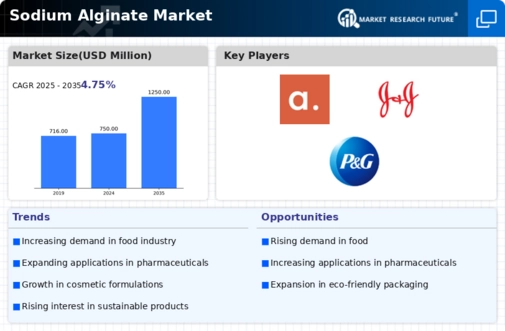
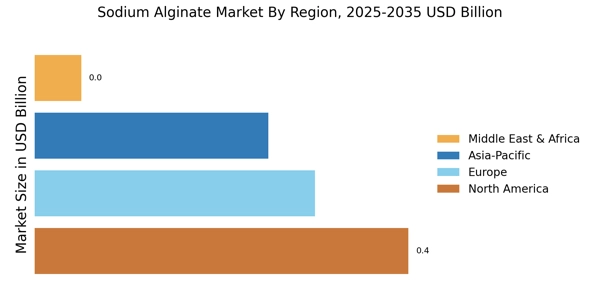
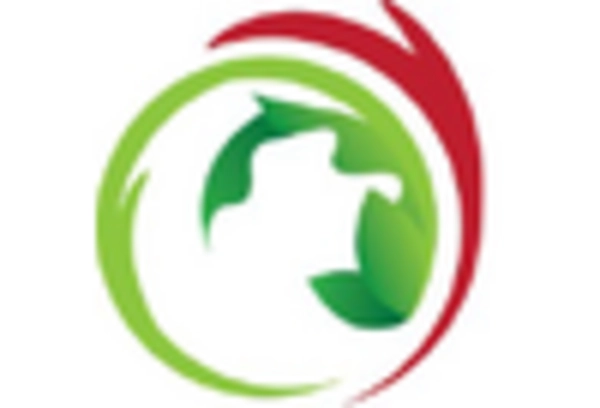


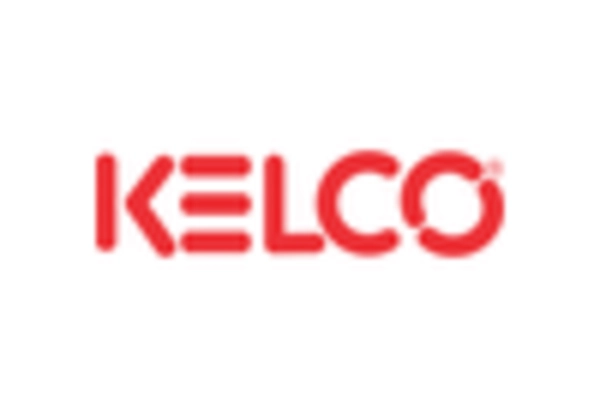

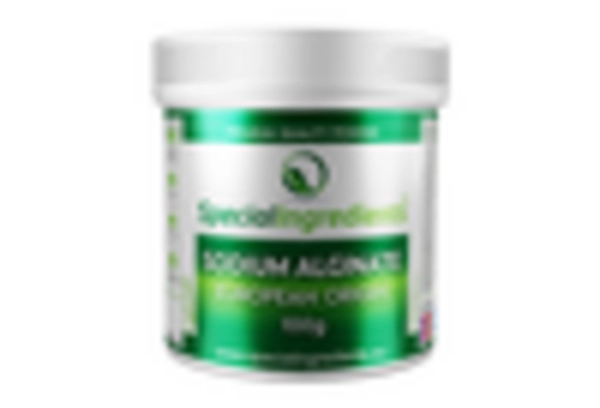








Leave a Comment